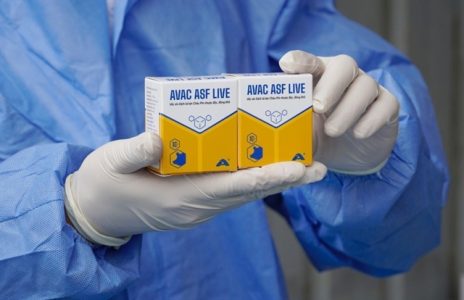In July 2025, the World Organization for Animal Health (WOAH) released its first guidelines for evaluating African swine fever (ASF) vaccines in the field.
These guidelines follow WOAH’s May 2025 adoption of an international standard for ASF vaccines—a milestone that formally recognizes their role in disease control.
This laid the foundation for harmonized regulation and prompted countries to seek practical guidance on how to use and assess the vaccines in the field. In response, WOAH convened a panel of global experts to develop a science-based evaluation framework.
Recently, the Swine Health Information Center summarized the key points of the guidelines.
Core considerations for field evaluation
The new WOAH guidelines outline key scientific and regulatory factors that should be addressed before ASF vaccines are deployed or assessed in the field:
- ✅ Vaccine type: Current ASF vaccines use modified live virus strains. These are not inactivated or killed.
- ✅ Virus shedding: Vaccinated pigs may shed virus. This poses risks and complicates disease surveillance.
- ✅ Adverse effects: Side effects are possible and must be anticipated. Study designs should define clinical triggers in advance.
- ✅ Case definition challenges: ASF’s non-specific symptoms and lack of a serological test make it hard to distinguish vaccinated from infected animals.
- ✅ Evaluation goals: Countries must clarify whether the vaccine is intended to reduce ASF impact or eliminate the disease.
- ✅ Surveillance needs: Ongoing monitoring is essential to detect adverse effects, viral reversion, or recombination.
- ✅ Transparency and collaboration: Trials should follow clear protocols, with public-private support and open data sharing.
Limited field use to date
When the guidelines were drafted, only Vietnam and the Philippines had approved ASF vaccine use in the field.
Both countries restrict use to pigs over 10 weeks old, destined for slaughter. Since they are net pork importers, their trade exposure is limited.
WOAH’s guidelines provide a structured approach for countries considering using an ASF vaccine. They help balance potential benefits with scientific uncertainty and trade implications.
As ASF vaccine science evolves, producers and veterinarians must stay informed. Field protocols and evaluation standards will continue to shift.

